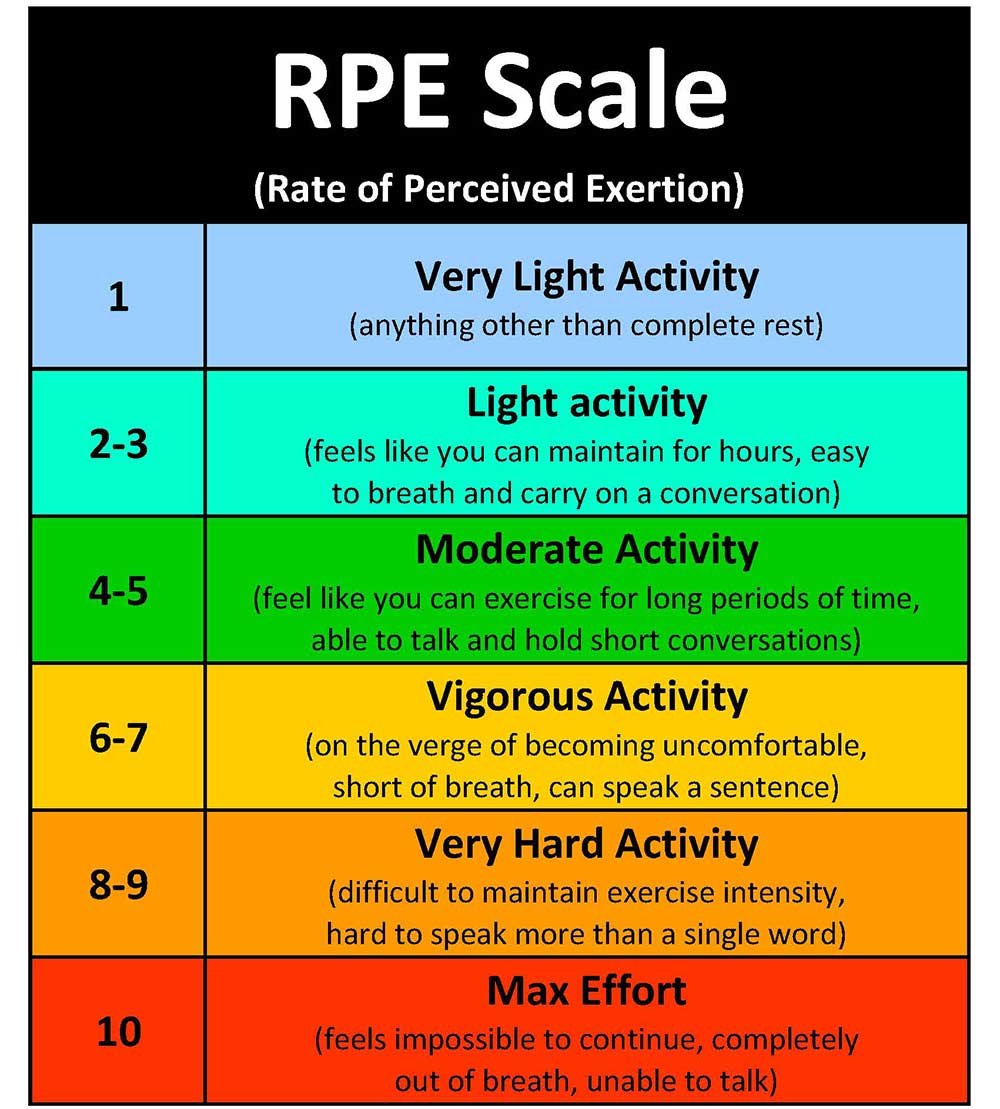Understanding RPE (Rate of Perceived Effort): The Key to Smarter Training


Recently, we’ve been getting a lot of questions about RPE since we switched to our new programming. So let’s break it down, so you can get the most out of your training sessions!
RPE stands for Rate of Perceived Effort (or exertion). It’s a simple scale that helps you measure how hard you're working during your workout. Instead of relying on just weight or reps, you get to listen to your body and gauge how challenging each set feels.
Imagine a scale from 1 to 10:
To help you visualize, think of driving a car. At RPE 1, you’re idling along just tapping the gas. At RPE 10, you’re flooring it, redlining, speeding down the road like you’re in Grand Theft Auto!
Let’s dive deeper into what each part of the scale means:
So why is RPE so useful in your training?
It helps you make sure you’re lifting the right weight or pushing the right intensity for the intended stimulus. If a set feels too easy, it’s a sign you might need to crank up the intensity. If it feels too hard, adjust it to make sure you’re working in the right zone.
Plus, RPE is fantastic because it’s flexible. How you feel one day might not be the same as another. Maybe you’re more fatigued than usual from a tough week or had a long trip, and what would normally feel like a 7 suddenly feels like a 9. RPE gives you the freedom to adjust accordingly to match your current energy levels.
Also, as you get stronger, something that used to feel like a 7 may start feeling like a 5. That’s your cue to increase the weight or push the intensity more. It’s a great way to track progress without being strictly tied to numbers.
Hopefully, this clears up how RPE works and why it’s a great tool to incorporate into your training. It helps ensure you're training with the right intensity, adjusting for how you feel, and progressing over time. If you have any questions, don’t hesitate to ask me or one of the coaches, we’re here to help!
Curious about how we can help you reach your goals? Book your No Sweat Intro now to get an in-person tour and chat about how we can support your fitness journey!